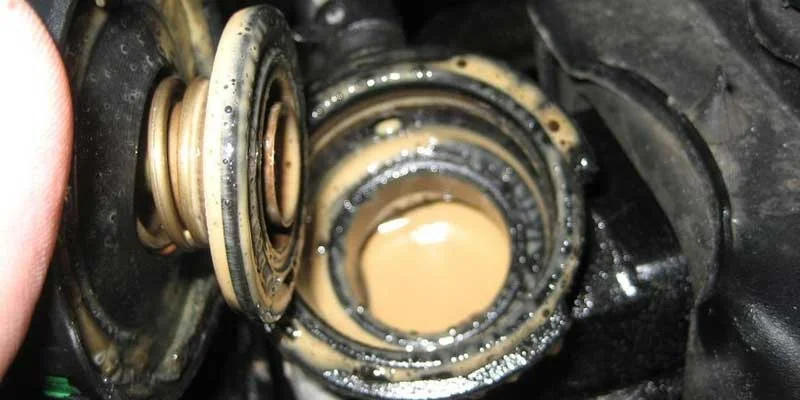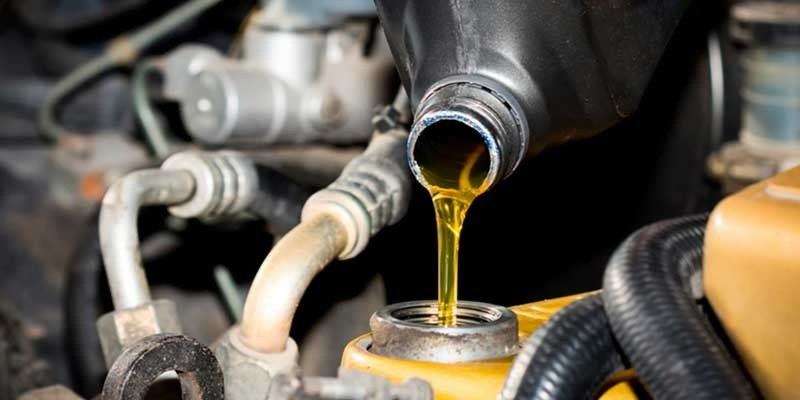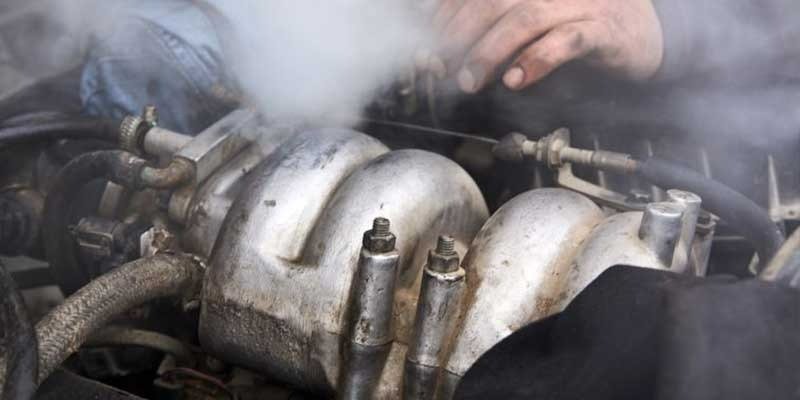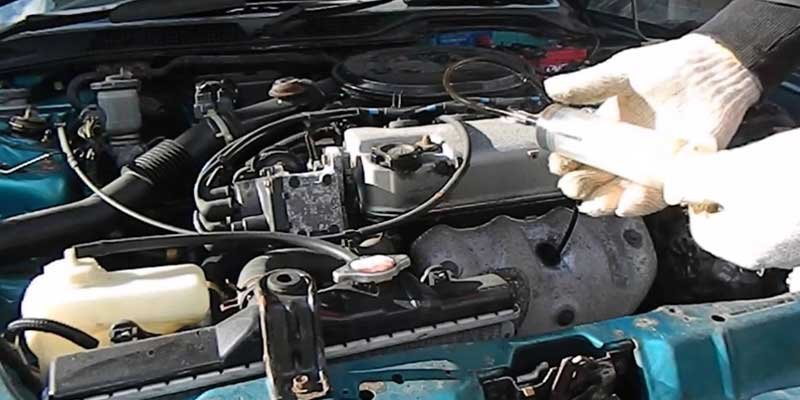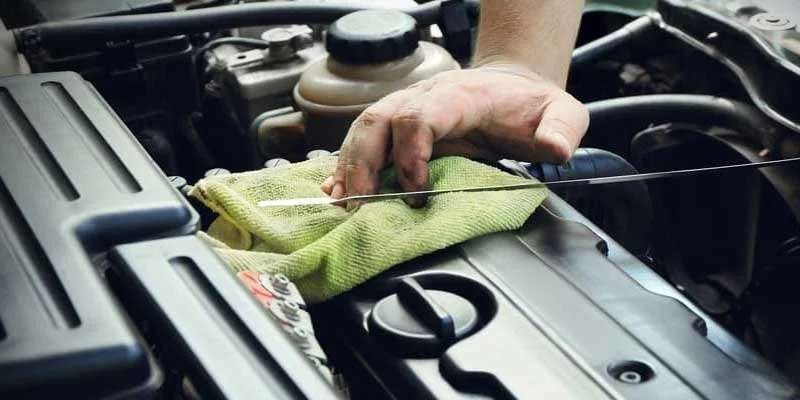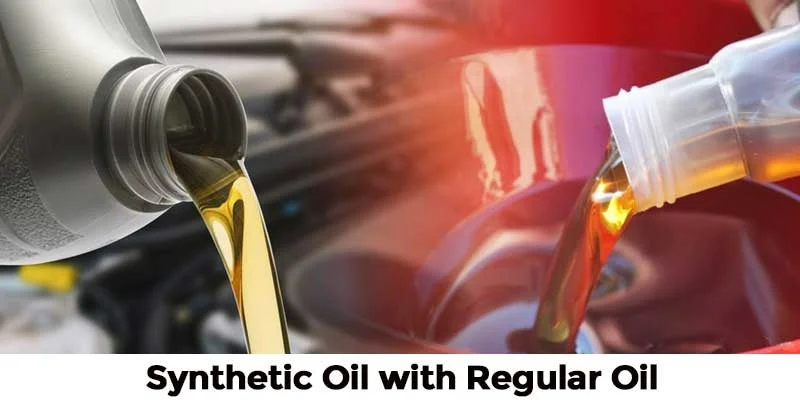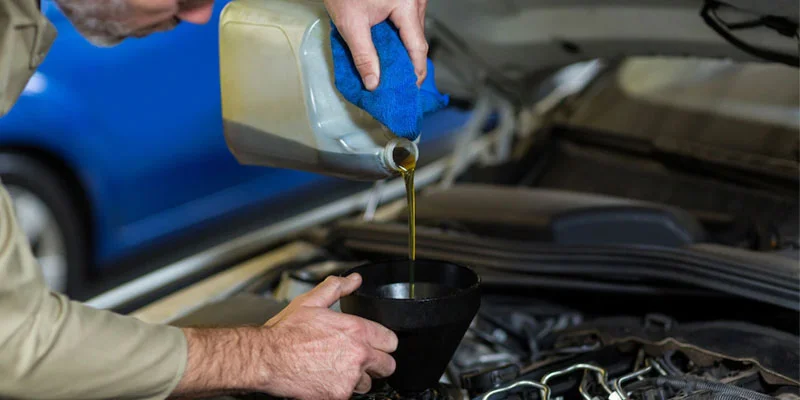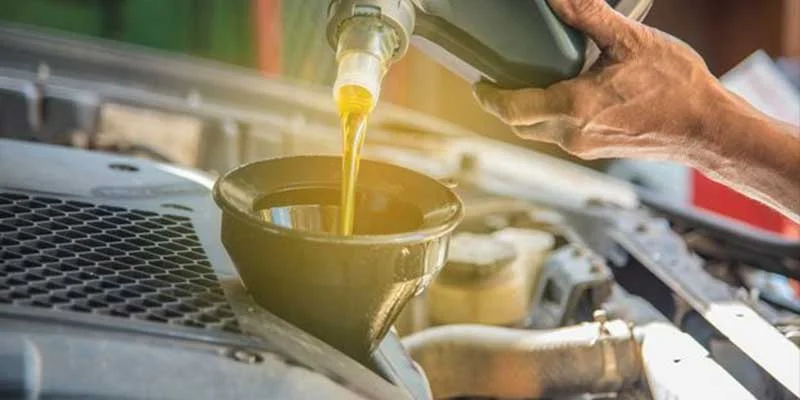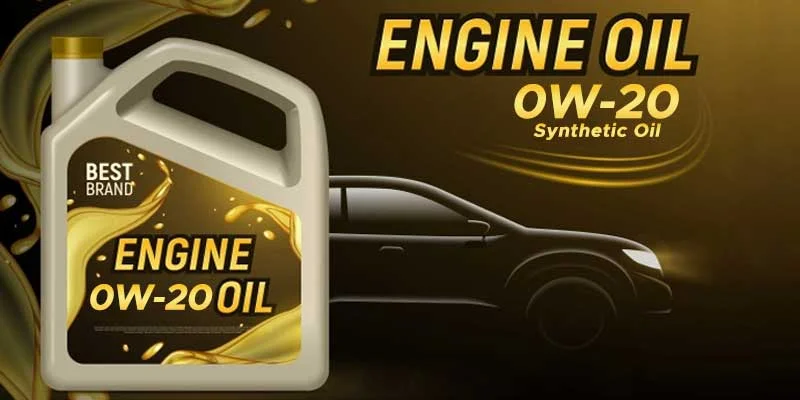Milky oil can often be confusing for car users. If you have ever noticed milky oil over the engine oil cap, it is a clear indicator of some mess inside the vehicle.
Often the term milky oil refers to the oil residue that may harm your engine in the long run. When this dirty oil keeps rotating in the machine, it forms a milky white foam that appears as the milky oil. It adversely affects the vehicle performance and can damage your engine in the long run.
Hence, checking your oil regularly to know if it is clean or leads to any milky formation is essential. Like no oil engine damage, milky oil engine damage is also severe.
How to diagnose milky oil in the engine?
Let you engine cool down before inspecting the engine oil. With the help of a dipstick, you can diagnose the milky oil. Once you pull out the dipstick, check for the air bubbles. If you find some brownish spots or thick milky white oil, it is an indicator of milky oil. These symptoms represent the presence of water in a car’s engine.
Take out some oil from the oil pan and check it is milky in colour. If the oil has a milky colour, it may represent the presence of coolant in your car’s engine.
What are the causes of the Milky Oil Formation?
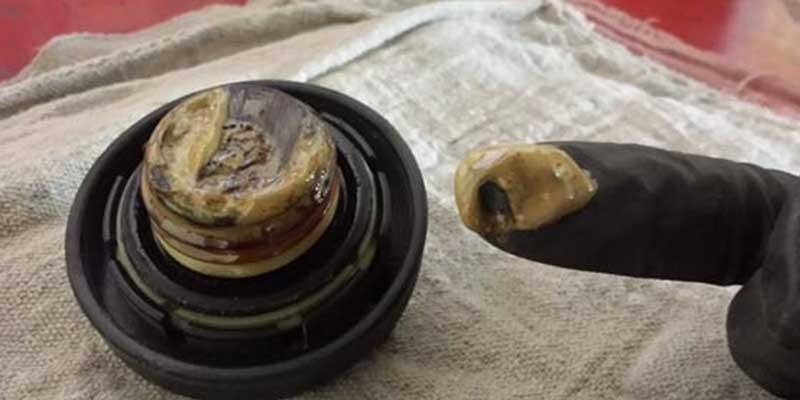
Although it is uncommon to see the engine oil making a milky foam, it can happen to any engine. When the water is added to the oil and then heated, it forms a milky foam. The two probable reasons for the addition of this water are:
Engine Condensation
It is one of the most common causes of milky oil. Especially in the stationery cars, this problem is frequent. If the vehicle is not driven for long or not in motion, the issue of condensation will become more apparent.
With the change in weather, this condensation problem uplifts further as these water vapours burn into the engine when the car is stationary or driven—the pile-up results in a milky substance. You should not leave your vehicle with this milky mixture for long. If you drive the car frequently, it helps avoid such milky residue. The drop of water is evident on the oil cap when this condensation occurs.
Coolant and Engine Oil Mixed Up
When the motor oil gets mixed up with engine coolant, it also forms a milky oil composition. The cause for coolant and engine oil mixing could be a damaged head gasket or a damaged engine. It can have more fatal effects than above and should be taken seriously.
The engine oil must be pure and clean. It must be free from contaminants; otherwise, it will lose its lubricating ability. It, in turn, leads to engine failure.
The smoke from the coolant reservoir leads to mixing of coolant and engine oil. Any of these symptoms must be addressed immediately to avoid damage to the engine permanently.
How to Flush Milky oil from the Engine?
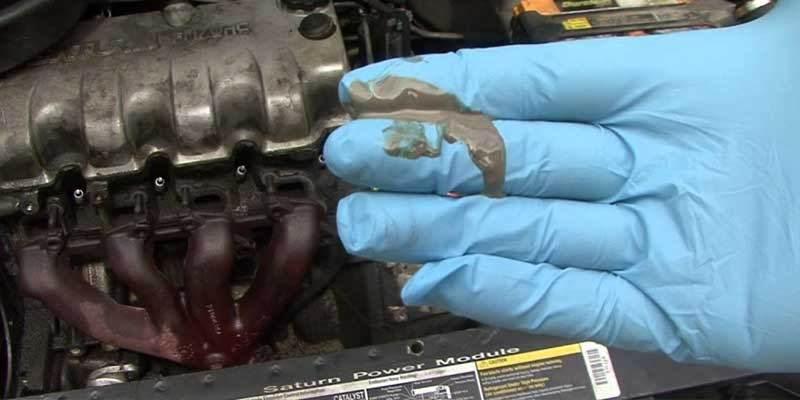
The moment you notice any such milky oil formation in your engine, you should start trying to get rid of it. It is essentially dangerous for your machine and can cause many problems. The solution to this problem begins with identifying the cause. You need to check what the real reason for such milky oil formation is and need to eliminate it.
It would help if you also focused on removing this milky froth oil ASAP from your engine. The prolonged stay of this oil in your machine can be fatal.
Using a bucket and washer or a vacuum cleaner are the two proven ways to remove the milky oil from your engine.
While the bucker and washer is not that reliable option to go, the vacuum cleaner is proven to be more effective. It can successfully remove all the contaminated engine oil but comes out to be an expensive option to execute.
Pro Tips:
- Besides cleaning the oil, always clean the nearby objects that contain milky oil froth.
- Use mild oil and soap solution to clean the areas which are affected for a longer time.
- The fluids and oils must be cleaned properly before topping up with clean engine oil.
- Oxidation inhibitors are also helpful in cleaning the running engine.
Why is Milky Oil bad For My Engine?
As the milky oil reflects the contaminated engine oil, we all know the drastic effects on the engine. It will fail to lubricate the various metal parts within the engine leading to overheating, excessive friction, quick wearing off the part and often breakage. Starting from decreased performance, the engine will fail gradually.
Can I Drive with Milky Oil?
Yes! Although you can drive with milky oil, it is highly recommended to avoid driving with such oil. There will be a host of issues with such a dirty oil as it will cause lesser lubrication, high friction and overheating problems. The performance of the vehicle will deteriorate gradually.
Does Milky Oil Always Mean Damaged Head Gasket?
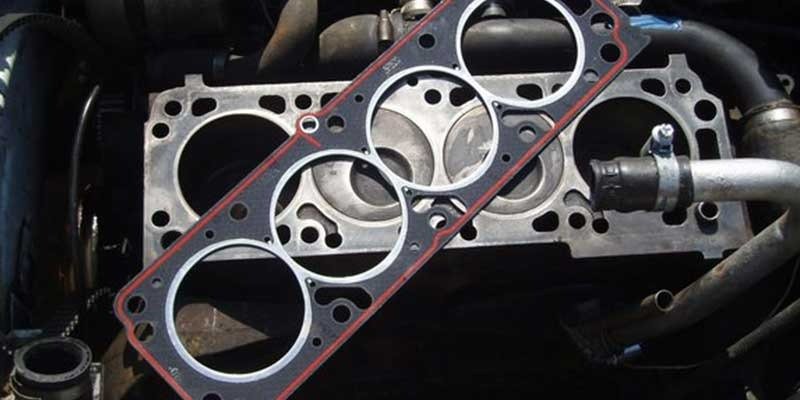
No! It can be due to engine condensation as well. For prolonged immobile cars or frequent change areas, milky oil can be a common problem. As you drive your car less, the water vapours do not evaporate in time—the build-up of water results in milky oil.
How Do I Know that coolant has been mixed with engine oil?
Here are some of the indicators that the coolant is mixed with engine oil:
- On the dipstick, a chocolate milk line appears
- There are brown bubbles present in the oil level
- There is brown residue/ smoke above the oil level.
As a result of the damaged gasket, there is also an exhaust leak sound. This is due to the escape of compressed air.
Conclusion:
Fixing up the milky oil is crucial to maintaining your engine health. As the engine oil gets contaminated, continuing with milky oil can prove fatal for your engine’s health. It is essential to find out the reason for milky oil and fix it asap.

My Name is Christopher Angels, and I am a postgraduate in mechanical engineering. Cars have always excited me as a child, and soon I decided to dive into the world of cars by pursuing mechanical engineering. I also worked as a Mechanic for over 3 years to understand Cars’ anatomy and how each part contributes to its working.
My Name is Christopher Angels, and I am a postgraduate in mechanical engineering. Cars have always excited me as a child, and soon I decided to dive into the world of cars by pursuing mechanical engineering. I also worked as a Mechanic for over 3 years to understand Cars' anatomy and how each part contributes to its working.

